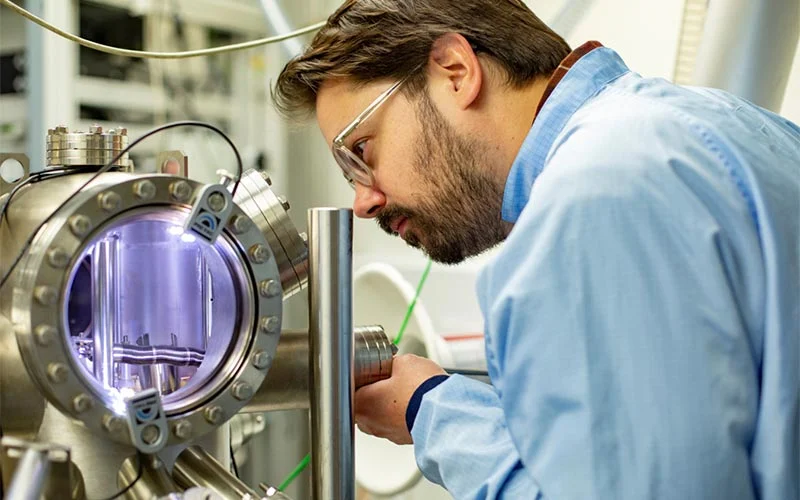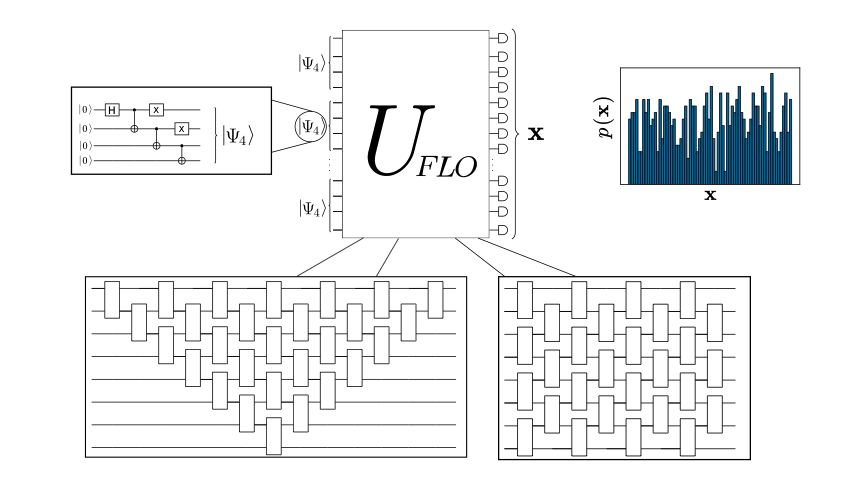Researchers at the University College of London (UCL) have achieved a significant advancement in quantum computing fabrication by developing a method to place individual arsenic atoms in silicon with unprecedented precision and reliability. This breakthrough, published in Advanced Materials, demonstrates a 97% success rate for single-atom placement—a vast improvement over the 70% rate previously achieved with phosphorus atoms.
The new technique uses scanning tunneling microscopy hydrogen resist lithography to position arsenic atoms with atomic-scale precision. By employing arsine (AsH3) as a precursor molecule instead of phosphine (PH3), researchers discovered that a four-site adsorption window is sufficient for high-yield single-atom arsenic incorporation, compared to the six-site window required for phosphorus.
This higher incorporation yield is critical for scalability. While a 16-element array of phosphorus atoms would have less than 0.4% probability of successful fabrication (0.716), the same array using arsenic atoms would have a nearly 62% success rate (0.9716). The researchers are confident this accuracy can be increased to 100% in the near future.
The improved reliability addresses one of the major challenges in quantum computing: achieving the near-zero failure rate required for practical quantum computers. Quantum computers harness quantum mechanical phenomena like superposition and entanglement to potentially solve complex problems that would take classical computers millions of years.
Dr. Taylor Stock, the study’s first author, emphasized that this technique could be used to build a scalable quantum computer in silicon. Professor Neil Curson, senior author, called it “a huge milestone” and the first demonstration of a path to achieving the accuracy and scale required for universal quantum computers.
While the current method requires manual placement of each atom, taking several minutes per atom, the researchers believe the process can be automated and industrialized. The approach is highly compatible with existing semiconductor processing, leveraging the $550 billion silicon semiconductor industry’s expertise with arsenic and silicon.
Despite this breakthrough, significant engineering challenges remain before this technology can be scaled to the millions or billions of qubits needed for a universal quantum computer.
Reference: “Single-Atom Control of Arsenic Incorporation in Silicon for High-Yield Artificial Lattice Fabrication” by Taylor J. Z. Stock, Oliver Warschkow, Procopios C. Constantinou, David R. Bowler, Steven R. Schofield and Neil J. Curson, 21 February 2024, Advanced Materials. DOI: 10.1002/adma.202312282


